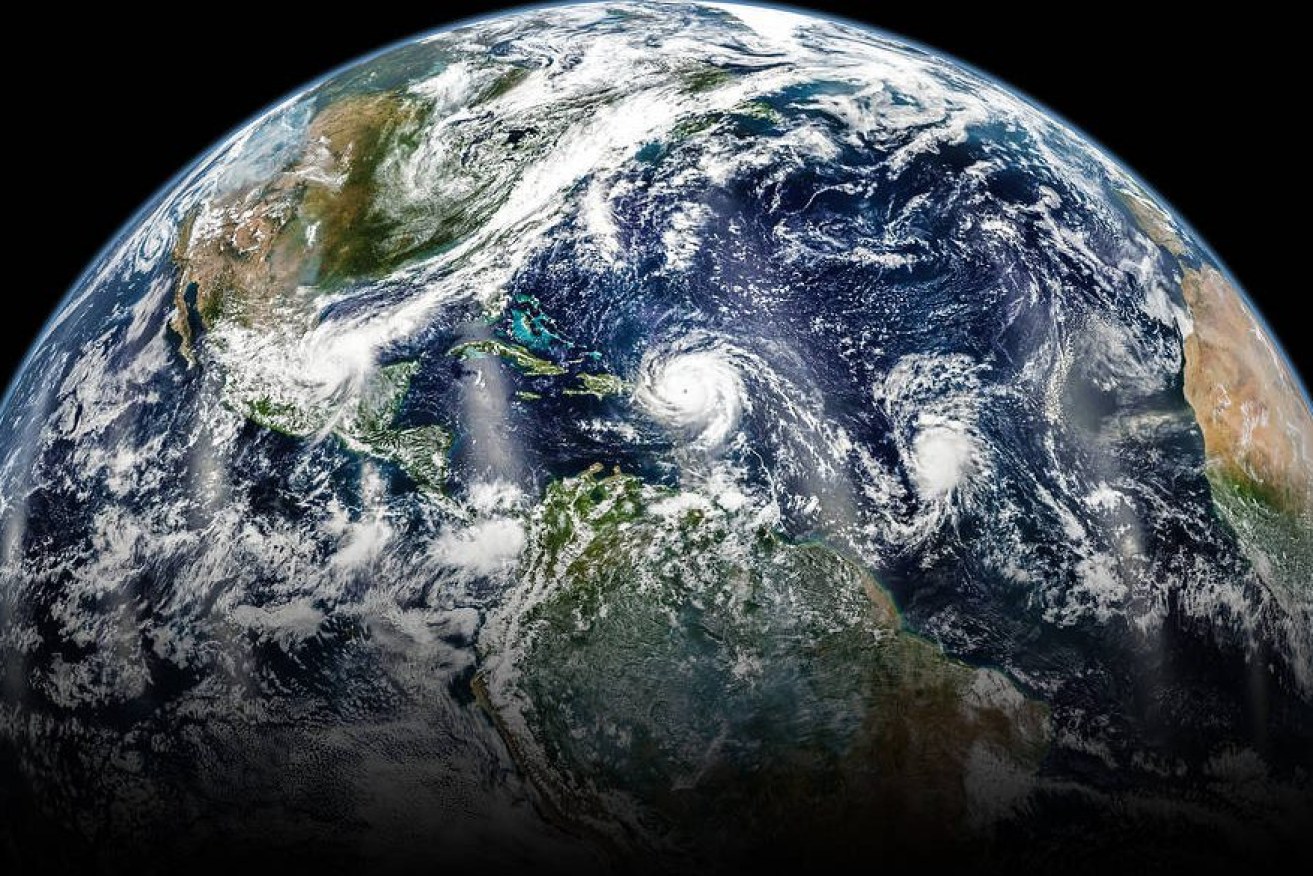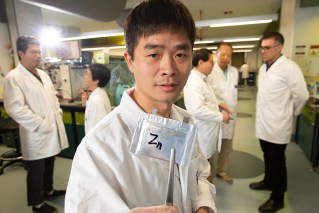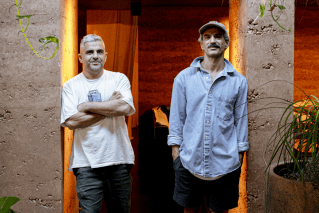Slowly but surely, Earth’s protective ozone layer is repairing itself
Earth’s protective ozone layer is slowly but noticeably healing at a pace that would fully mend the hole over Antarctica in about 43 years, a new United Nations report says.

Scientists say the hole in the earth's ozone layer will be repaired in about 40 years. (Source: NASA)
A once-every-four-years scientific assessment found recovery in progress, more than 35 years after every country in the world agreed to stop producing chemicals that chomp on the layer of ozone in earth’s atmosphere that shields the planet from harmful radiation linked to skin cancer, cataracts and crop damage.
“In the upper stratosphere and in the ozone hole we see things getting better,” Paul Newman, co-chair of the scientific assessment, said.
The progress is slow, according to the report presented on Monday at the American Meteorological Society convention in Denver.
The global average amount of ozone 30km high in the atmosphere will not be back to 1980 pre-thinning levels until about 2040, the report said.
And it will not be back to normal in the Arctic until 2045.
Antarctica, where it is so thin there is an annual giant gaping hole in the layer, will not be fully fixed until 2066, the report said.
Scientists and environmental advocates across the world have long hailed the efforts to heal the ozone hole – springing out of a 1987 agreement called the Montreal Protocol that banned a class of chemicals often used in refrigerants and aerosols – as one of the biggest ecological victories for humanity.
“Ozone action sets a precedent for climate action. Our success in phasing out ozone-eating chemicals shows us what can and must be done – as a matter of urgency – to transition away from fossil fuels, reduce greenhouse gases and so limit temperature increase,” World Meteorological Organisation Secretary-General Professor Petteri Taalas said in a statement.
Signs of healing were reported four years ago but were slight and more preliminary.
“Those numbers of recovery have solidified a lot,” Newman said.
The two chief chemicals that munch away at ozone are in lower levels in the atmosphere, Newman said.
Chlorine levels are down 11.5 per cent since they peaked in 1993 and bromine, which is more efficient at eating ozone but is at lower levels in the air, dropped 14.5 per cent since its 1999 peak, the report said.
That bromine and chlorine levels “stopped growing and is coming down is a real testament to the effectiveness of the Montreal Protocol,” Newman said.
“There has been a sea change in the way our society deals with ozone depleting substances,” said scientific panel co-chair David W Fahey, director of the US National Oceanic and Atmospheric Administration’s chemical sciences lab.
Decades ago, people could go into a store and buy a can of refrigerants that eat away at the ozone, punch a hole in it and pollute the atmosphere, Fahey said.
Now, not only are the substances banned but they are no longer much in people’s homes or cars, replaced by cleaner chemicals.












